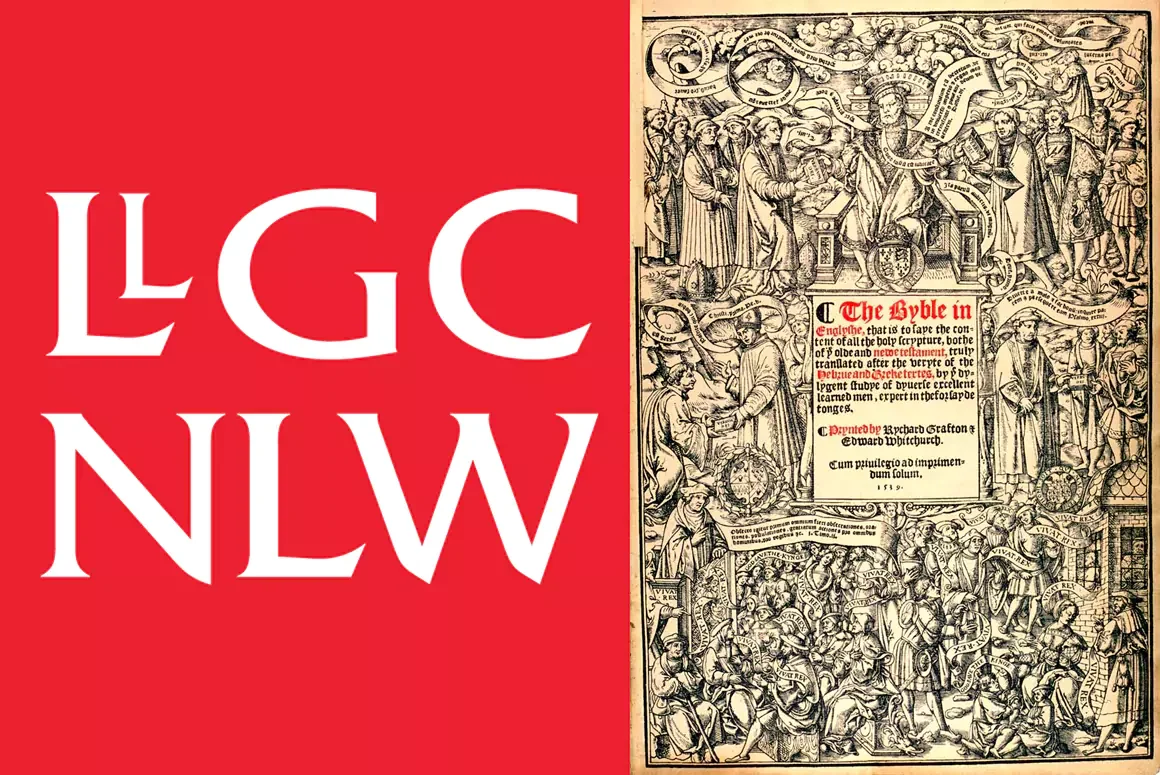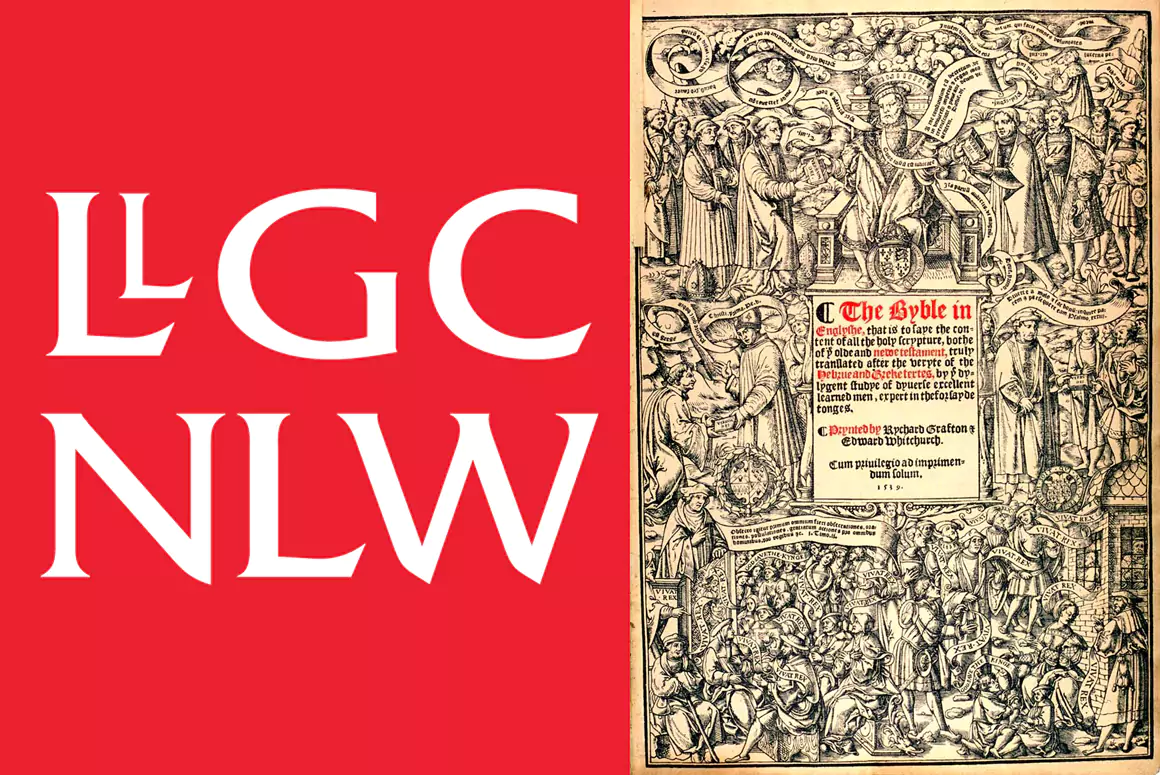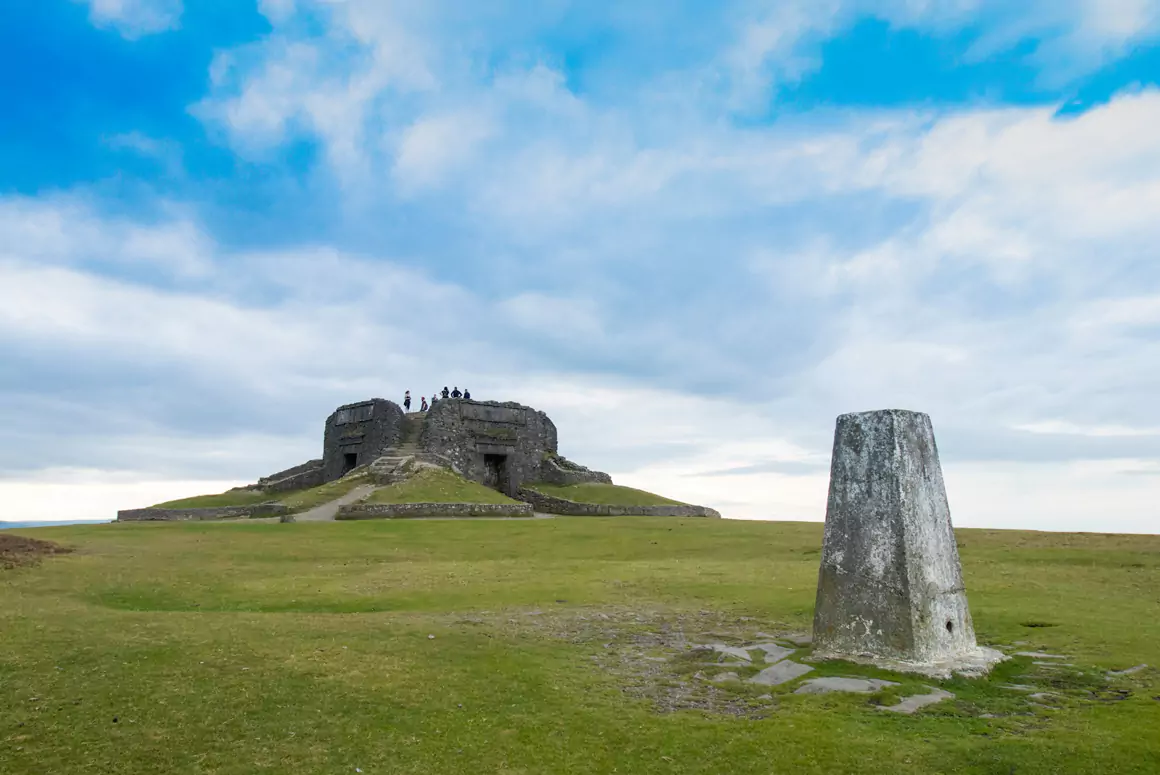Wolf Hall Comes to Wales as the Great Bibles of Henry VIII and Thomas Cromwell are Reunited After 500 Years
The Great Bibles of Henry VIII and Thomas Cromwell have been reunited for the first time in nearly 500 years at the National Library of Wales, Aberystwyth.
In recent years many became familiar with the life of Thomas Cromwell through the acclaimed novel and TV drama Wolf Hall, but now you can discover the real-life drama in a unique exhibition.
This is a once in a lifetime opportunity to see these two matching bibles, which were the personal copies of Henry VIII and Thomas Cromwell, side-by-side for the first time since they were made. They are displayed as part of the Treasures exhibition in the National Library of Wales’ Hengwrt Gallery.
With so much religious and political conflict, it is remarkable that both Bibles have survived, with one now kept at the National Library of Wales and the other at St. John’s College, Cambridge. However, it is unknown for sure which one belonged to Henry and which to Cromwell.
The luxurious copies, made in 1538/9, were printed on parchment and carefully hand-coloured by Europe’s finest artists. The printing was supported by Thomas Cromwell. He was a strong supporter of religious reform, and had the two special copies made as part of the campaign to convince the King.
The Great Bible was the first English translation of the Bible to be disseminated across the realm. By royal order it was to be placed in every church in England and Wales in a place accessible to the laity. At a time when prayers were still primarily in Latin, providing ordinary people with an English Bible was truly revolutionary. It marked the beginning of a new era of giving people more access to the Bible than ever before.
Despite the interesting title page, showing an idealised image of Henry VIII distributing bibles to ordinary people, Henry wasn’t fully comfortable with letting ordinary people read the Bible and he imposed restrictions on access after Cromwell’s execution. However, the impact of the Great Bible could not be undone. After Henry’s death, the use of Bibles in churches and homes proliferated.
Rhodri Llwyd Morgan, Chief Executive of the National Library of Wales said:
“The Age of the Tudors continues to hold a special appeal today. The two bibles were the personal property of two of the period’s great characters and they are the centrepiece of a fascinating exhibition charting the momentous events that are relevant to us now. It is a real privilege to be able to exhibit together the two volumes of such a significant publication at the National Library. In the exhibition we also show the story of the major political and social changes of the age, including the quest for a Welsh language Bible, a key development in the history of the language and its safeguarding today. It has also been a privilege to work with Cambridge University Library and the research team as innovative technologies help reveal more of the secrets within the two bibles and discovering more about the circumstances in which they were created.”
The Bibles have recently been carefully studied as part of the Hidden in Plain Sight research project, in collaboration with Cambridge University Library and Queen Mary University of London, and funded by the Arts and Humanities Research Council, which looks at how ancient books were used, changed and respected.
Using a range of scientific tools, from x-ray to microscopes and even DNA analysis, new light has been shed on the books, revealing some unknown histories and leading to discoveries about how the books were made and changed over time.
The project has revealed that Cromwell had his portrait painted and pasted into the title page of the St John’s copy – a move expertly hidden for centuries. The opening title page was further manipulated to gain Henry’s support, by altering an image of a courtly woman to resemble Jane Seymour, Henry’s beloved and recently deceased consort. Other discoveries are set to be revealed during the course of the exhibition.
Dr Amelie Roper, Head of Research and Manager of Cambridge University Library Research Institute, said:
“This rare opportunity to study the Bibles side-by-side has unearthed new secrets and created exciting paths of discovery. Hidden in Plain Sight project members from Cambridge University Library and Queen Mary University of London have used innovative heritage science techniques to capture these findings, ready to be explored in the exhibition and as the project continues.”
Prof. Eyal Poleg, Queen Mary University of London, said:
“These are two of the most important artefacts of the Tudor Court. New technologies have unearthed modifications, hidden for centuries. We can now appreciate how Cromwell manipulated the appearance of the Bibles as they were being printed, carefully navigating the religious and political turmoil of Henry’s court. The ability to see the Bibles side-by-side, for the first time in nearly 500 years, is a rare opportunity to witness first-hand this unique period.”
Other contemporary items from the Library’s collection, which tell the story of the dissolution of the monasteries, the development of the Welsh language, and which look at Anne Boleyn and court gossip will also be on display with the Bibles.
Feature image: Great Bible Source






